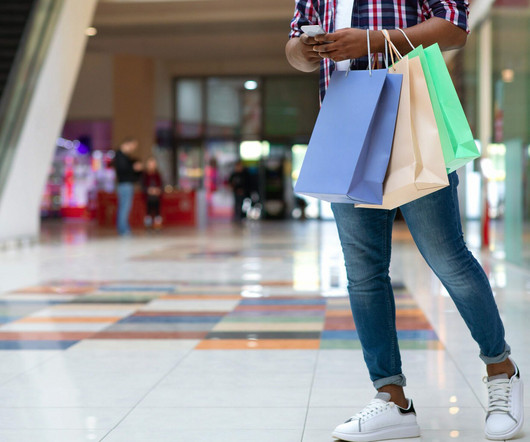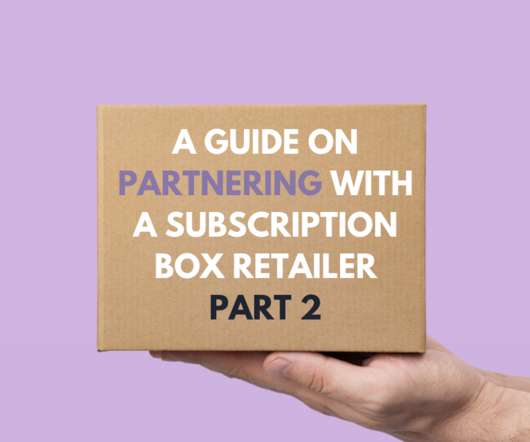Rethinking Returns: Innovative Strategies for Retailers to Drive Growth in 2024
Retail TouchPoints
JANUARY 3, 2024
Long viewed as a necessary evil, the retail returns process is emerging as an unexpected avenue for growth and customer engagement. In the rapidly expanding ecommerce market, projected to reach $3 billion in 2023, a significant 20% to 30% of online purchases end up being returned. Speed-to-restock is key in the returns cycle.


















Let's personalize your content